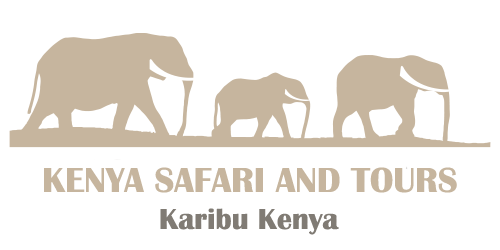
Masai Mara National Reserve
The Masai Mara is one of the best known and most popular reserves in the whole of Africa. At times and in certain places it can get a little overrun with tourist minibuses, but there is something so special about it that it tempts you back time and again.
Seasoned safari travellers, travel writers, documentary makers and researchers often admit that the Masai Mara is one of their favourite places. So why is that? Perhaps it is because of the ‘big skies’, the open savannahs, the romance of films like ‘Out of Africa’ and certainly because of the annual wildebeest migration, the density of game, the variety of birdlife and the chance of a hot air balloon ride.
Also because of the tall red-robed Masai people whose lifestyle is completely at odds with western practices, and from whom one learns to question certain western values.A combination of all these things plus something to do with the spirit of the place – which is hard to put into words – is what attracts people to the Mara over and over.

The Masai Mara lies in the Great Rift Valley, which is a fault line some 3,500 miles (5,600km) long, from Ethiopia’s Red Sea through Kenya, Tanzania, Malawi and into Mozambique. Here the valley is wide and a towering escarpment can be seen in the hazy distance. Most of the game viewing activities occur on the valley floor, but some lodges conduct walking tours outside the park boundaries in the hills of the Oloololo Escarpment. The animals are also at liberty to move outside the park into huge areas known as ‘dispersal areas’. There can be as much wildlife roaming outside the park as inside. Many Masai villages are located in the ‘dispersal areas’ and they have, over centuries, developed a synergetic relationship with the wildlife.
There are four main types of topography in the Mara: Ngama Hills to the east with sandy soil and leafy bushes liked by black rhino; Oloololo Escarpment forming the western boundary and rising to a magnificent plateau; Mara Triangle bordering the Mara River with lush grassland and acacia woodlands supporting masses of game especially migrating wildebeest; Central Plains forming the largest part of the reserve, with scattered bushes and boulders on rolling grasslands favoured by the plains game.
ANIMALS & BIRDS
In a short stay during the wildebeest migration you could see thousands of animals, at other times there are still hundreds. The plains are full of wildebeest, zebra, impala, topi, giraffe, Thomson’s gazelle. Also regularly seen are leopards, lions, hyenas, cheetah, jackal and bat-eared foxes. Black rhino are a little shy and hard to spot but are often seen at a distance.
Hippos are abundant in the Mara River as are very large Nile crocodiles, who lay in wait for a meal as the wildebeest cross on their annual quest to find new pastures.
Every July (or sometimes August), the wildebeest travel over 600 miles (960km) from Tanzania’s Serengeti plains, northwards to the Masai Mara and the Mara River is the final obstacle. In October or November, once they have feasted and the grass has all but gone, they turn around and go back the other way.
The Mara birds come in every size and colour including common but beautiful ones like the lilac breasted roller and plenty of large species like eagles, vultures and storks. There are 53 different birds of prey.
Safaris To Masai Mara
3 Day Masai Mara safari by Road
3 Days Migration Trail Safari By AIr
4 Days Masai Mara /Lake Nakuru
4 Days Masai Mara Safari
Other Safari To Lake Masai Mara National Reserve
From Mombasa( Mombasa Safaris)
From Nairobi ( Nairobi Safaris)
If you want a tailor-made itinerary to Masai Mara national Reserve please don’t hesitate to contact us
SEASONS
Altitude is 4,875-7,052 feet (1,500-2,170 metres) above sea level, which yields a climate somewhat milder and damper than other regions. The daytime rarely exceeds 85°F (30°C) during the day and hardly ever drops below 60°F (15°C) at night.
Rainy Season: It rains in April and May and again November and this can cause some areas of the Mara to be inaccessible due to the sticky ‘black cotton’ mud.
Dry Season: July to October is dry and the grass is long and lush after the rains. This is a good time to come and see the huge herds of migratory herbivores.
Hottest time: The warmest time of year is December and January.
Coldest Time: June and July are the coldest months.
MASAI MARA SPECIALITIES
- Wildebeest Migration
- Hot Air Ballooning
- Huge savannahs of golden grasslands
- Big skies
- Rift Valley escarpment
- Lion sightings
FACTS
- This is a malarial area
- The reserve covers an area of ??m² (1,510 km²) There is no night driving and vehicles must be back at the lodge by 6pm.
- Several lodges are located outside the park’s boundaries, but as there are few fences you may not be aware of this.
- This is a Reserve rather than a National Park and it belongs to the Masai people.
